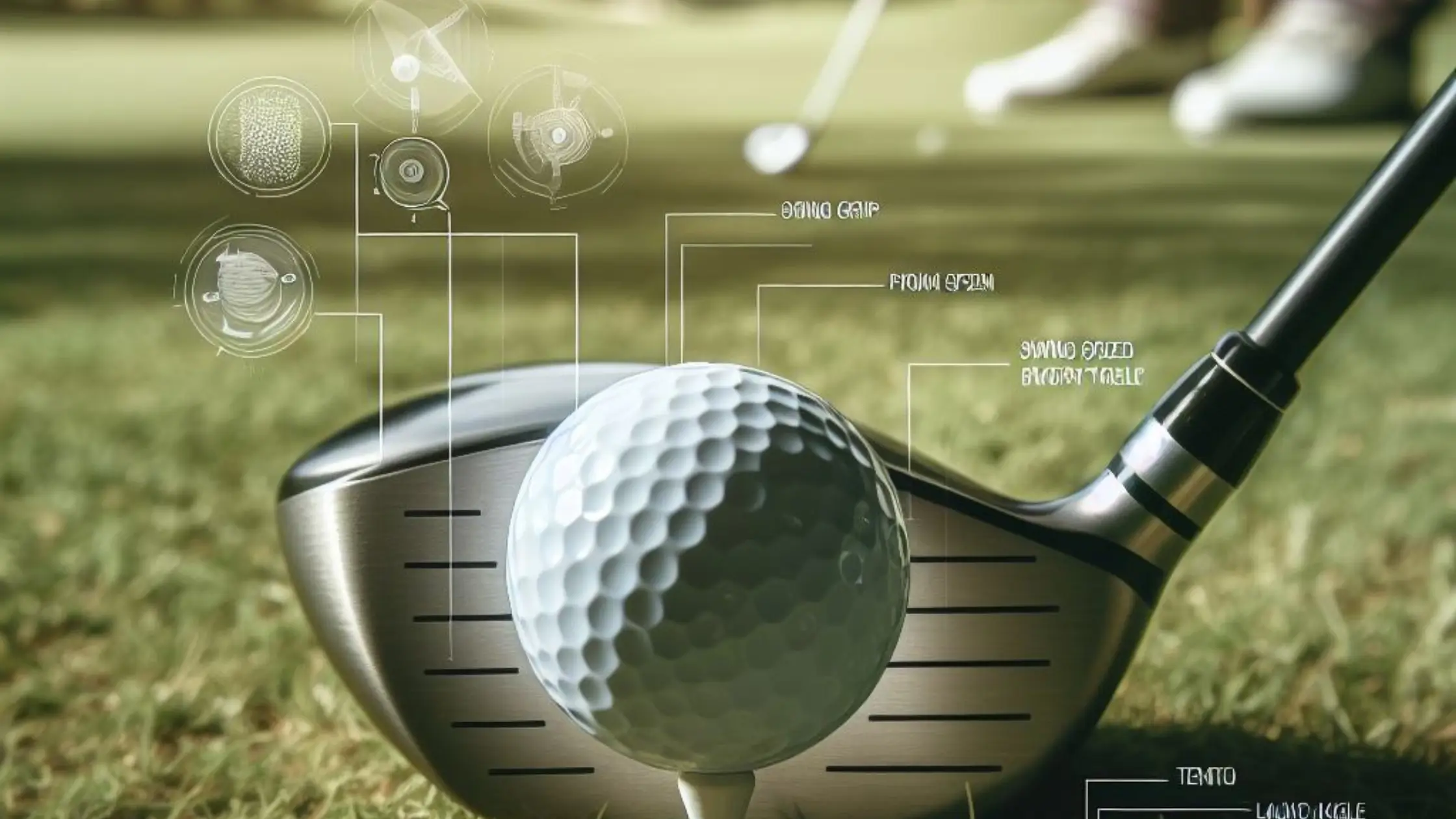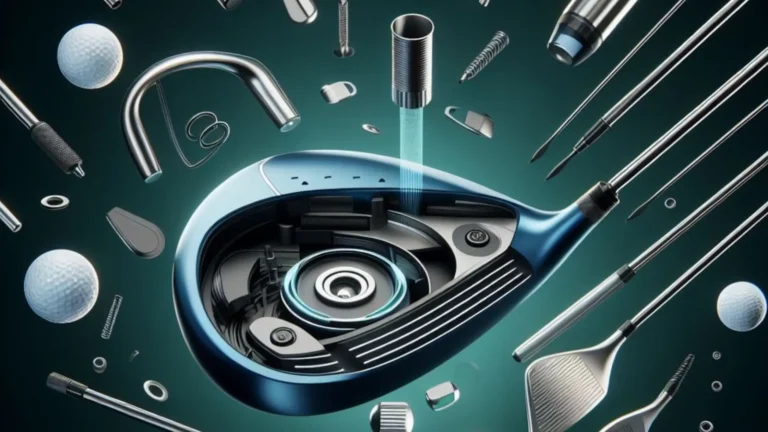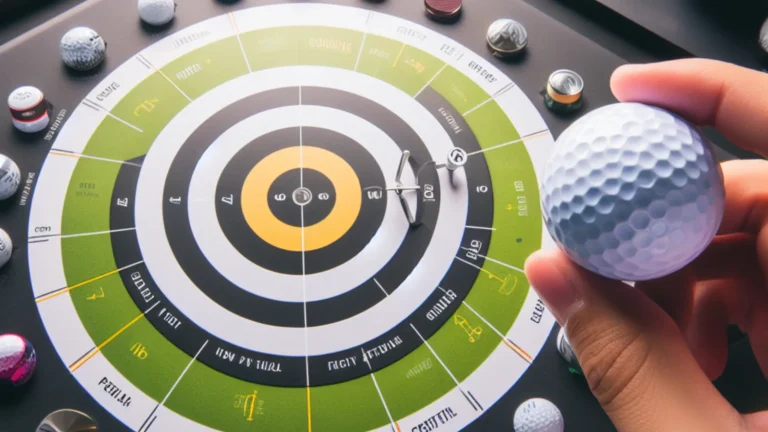How to Gain More Distance with Driver
Every golfer wants to hit their driver as far as possible to set up better approach shots and easier birdie putts. Gaining just 10-20 yards off the tee can far lower your scores. While purchasing a new high-tech driver with maximum forgiveness and ball speed may be beneficial, there are several ways to get more yards from your current driver, including proper setup, swing mechanics, equipment adjustments, and conditioning. This article will give golfers useful tips on how to get more distance from their driver.
Proper Setup for Greater Distance
The foundation for increased distance begins with the proper setup before you even take the club away. To transfer maximum power to the ball at impact, ensure that you have the proper posture, grip, alignment, and ball position.
Posture
Stand tall with a slight knee flex, arms relaxed and vertical to the ground. Maintaining this athletic posture at address and during impact allows for a more complete shoulder turn while preventing energy-draining swaying. To achieve solid balance, position your feet shoulder width apart and align your midsection behind the golf ball.
Grip
An improper grip in which the club rests too heavily on your palms or fingers reduces your wrist hinge and limits the speed you can generate. Make sure your hands are slightly turned to the left so that the pads of your fingers press firmly against the club. This allows your wrists to fully hinge on the backswing and completely release upon impact.
Alignment
Align your body, feet, hips, and shoulders to the left of your target line. This allows you to swing freely inside-out across the ball for maximum clubhead speed while squaring the face solidly to send the ball directly to your target.
Ball Position
Positioning the ball too far forward or back in your stance has a significant impact on dynamic loft and launch angle. Tees should be set so that the ball is opposite your left heel for optimal driver distance, allowing you to strike the ball on the upswing at the low point of your swing arc.
Swing Changes for Extra Distance
Once you’ve dialed in your power setup, making key changes to your full swing technique can add significant yardage to drives down the middle. Mastering these advanced swing moves may necessitate professional instruction to avoid developing bad habits or compensation.
Widen your Stance
A wider stance provides a stable foundation to coil against on the backswing and drive aggressively into on the downswing. Test different widths to find the foot position that allows your hips and shoulders to turn the most while keeping your head stable.
A wider stance can generate the significant ground force required to overcome driver distance barriers.
Increase Your Shoulder Turn
Restricted rotation during the backswing reduces the amount of power you can exert on the ball. Examine your top-of-swing position to ensure that your chest points to the ball and your hands hang at or above shoulder height.
From this fully wound position, you can whip the clubhead quickly through impact, increasing clubhead speed.
Shallow Your Swing Plane
Steeper swing planes encourage hitting the ball too high, which reduces compression for longer shots. To maintain a lower driving trajectory, sweep the clubhead slightly upward through impact rather than a steep ascent. Smoothing out your transition move on the downswing also helps to shorten the swing.
Weight Forward at Impact
When you shift enough weight onto your left side at impact, driving power is released during the downswing. To build tremendous torque, begin by advancing your lower body toward the target while your upper body resists until just past impact.
This ‘lag pressure’ increases swing speed for hammering drives, allowing them to carry the most yardage possible.
Equipment Adjustments
Personalizing your driver setup by adjusting the loft, shaft, and swingweight can provide you with the best launch conditions for your swing path and speed.
Seeking professional club fitting analysis ensures that any new driver performs optimally.
Loft
Lowering loft reduces spin, allowing for greater rollout distance. However, going too low results in drives that balloon instead of piercing through the wind.
Most players gain yards by increasing loft slightly, allowing them to launch drives higher and with less spin. Ideal loft corresponds to your clubhead speed and typical attack angle.
Shaft Flex
The appropriate shaft flex for your swing tempo smoothes unhinging and release for maximum acceleration. Stiffer flexes are better suited to faster transition tempos, which keep shots straighter at higher speeds. More flexible shafts provide more ‘whip’ at slower speeds, but they may reduce control.
Swingweight
This balancing specification determines how heavy or light your driver swings based on grip, shaft, and head weight distribution. Matching swingweight to strength and preference has an impact on both consistency and potential distance by increasing how aggressively you can swing fully.
Conditioning for Driving Distance
The final step in increasing length off the tee is athletic conditioning that focuses on golf-specific strength and flexibility. To increase driver distance, incorporate the following strength training exercises into your weekly workouts on a consistent basis.
Hip Flexibility
A free flowing hip turn back and forth generates power in your drives. Hip flexor stretches, yoga poses, and core twists improve your pelvic and thoracic spine rotational range of motion.
Core Power
The energy transfer from the ground to the shoulders, which results in clubhead speed, can be traced back to core rotational strength and stability. Medicine balls, cable woodchops, and resisted swings work the abdominal and oblique muscles.
Grip Strength
The final snap of wrist action, which converts club momentum into ball speed, is highly dependent on forearm and hand strength. Golf grip trainers, tennis balls, and finger expansion tools can help prevent grip tension from affecting swing speed.
Conclusion
With consistent practice of the proper setup, swing adjustments, equipment fitting, and strength training discussed above, all golfers can gain 10-30 yards or more off the tee. Finally, the coordinated sequence of ground force, body torque, and accelerating wrist action in perfect timing is what consistently extends driving distances.
Maintain consistent monitoring of your ball striking results, attack angles, and swing speed as you work through drive distance barriers. Combining all of the preparation, power, and release move enhancements outlined here will have you consistently rocketing drives deeper down fairways in no time.







